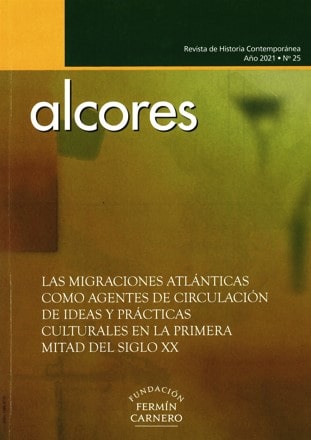The Failure of Spanish agricultural cooperatives in the first third of the 20th century. Agricultural unionism in the province of Salamanca (1906-1936).
DOI:
https://doi.org/10.69791/rahc.17Keywords:
agrarian cooperatives, agrarian policy, fertilizer, credit, SpainAbstract
This article provides an explanation for the weakness of the agrarian cooperative movement in Spain during the first third of the twentieth century using the province of Salamanca as a case study. Historians have usually argued that the failure of agrarian cooperatives was due to ideological and social factors. This article, on the contrary, contends that the cause was mainly economic. In order to support this idea, it first studies the evolution of the agrarian cooperative movement over the first four decades of the twentieth century. Then, it examines the agrarian policy put into practice by the government, which had a negative impact on the fertilizer and credit demand. Finally, it looks into the services offered by the agrarian cooperatives, whose faults adversely affected their fertilizer and credit supply. The central thesis of the article is that agrarian cooperatives were unsuccessful in Spain because of both a lack of demand and a failure of supply.
Downloads
Global Statistics ℹ️
|
134
Views
|
43
Downloads
|
|
177
Total
|
|
Downloads
Published
How to Cite
Issue
Section
License
Copyright (c) 2022 Isaac Martín Nieto

This work is licensed under a Creative Commons Attribution 4.0 International License.
Alcores is an open-access journal. It provides unrestricted access to its content from the moment of publication. We respect intellectual property rights, and for this reason, the author retains the copyright. All content is distributed under a Creative Commons Attribution 4.0 International (CC BY 4.0) license. The terms of the license can be consulted at: https://creativecommons.org/licenses/by/4.0/
This license allows sharing (copying and redistributing the material in any medium or format) and adapting (remixing, transforming, and building upon the material for any purpose), provided that authorship and first publication in this journal are properly credited, a link to the license is included, and any changes made are indicated.
This type of license facilitates the freedom of reuse and ensures that the content of this journal can be used to meet research needs.





